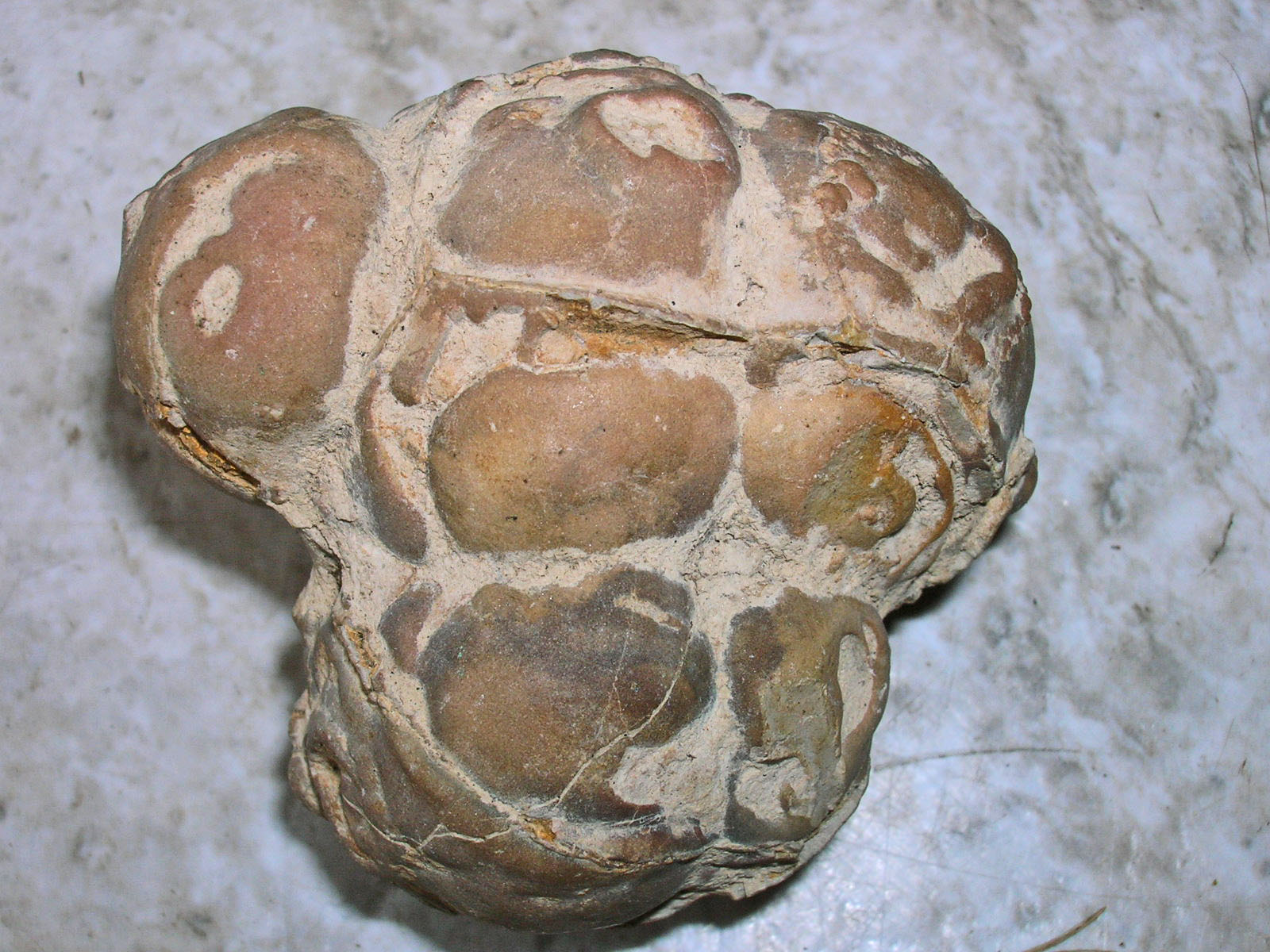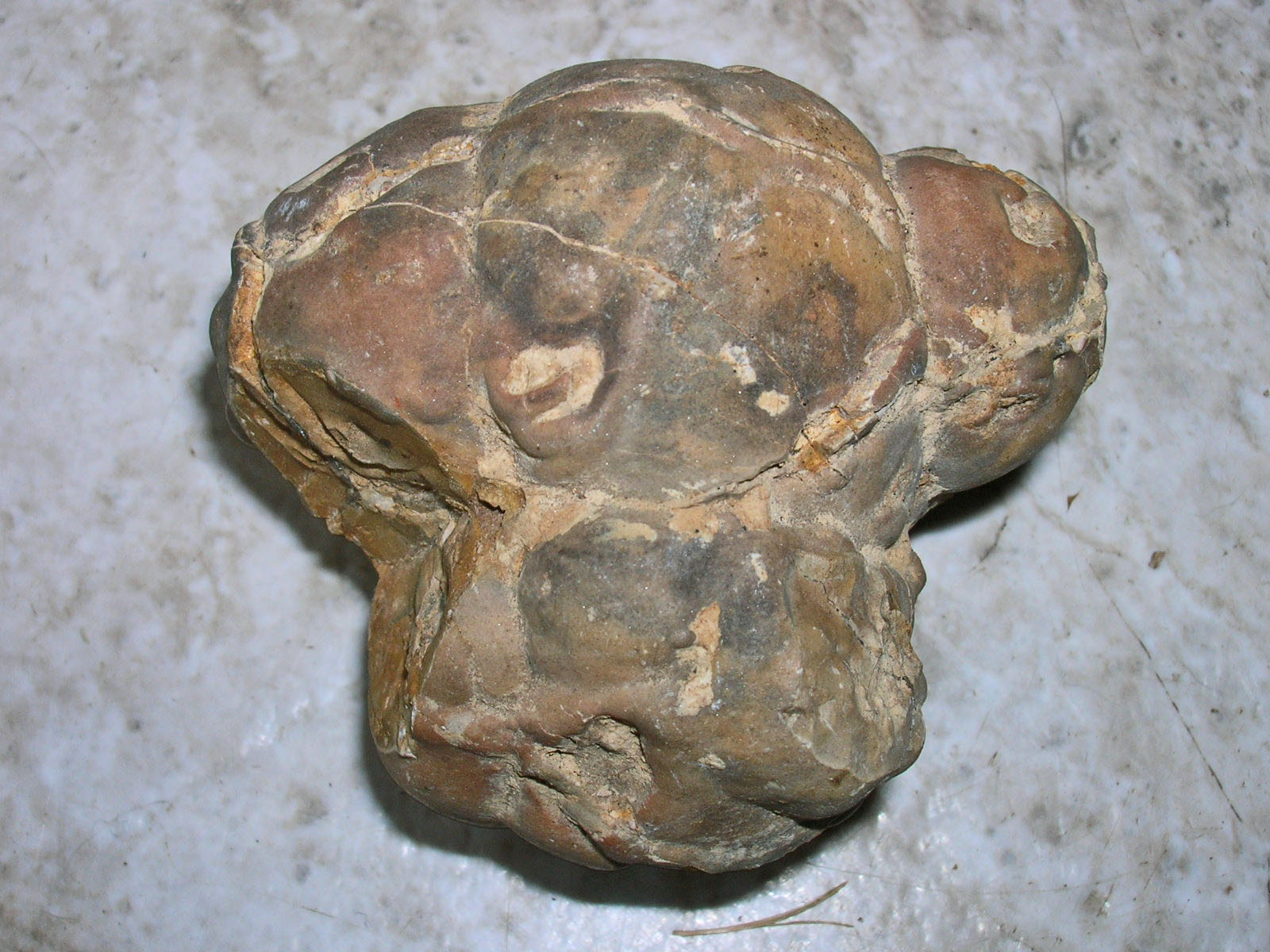Deleted
Deleted Member
Member since January 1970
Posts: 0
|
Post by Deleted on Jan 2, 2020 11:29:59 GMT -5
New to this forum just made an account this morning. Little introduction I live in Hoschton Georgia and work in the nursery business and have been collecting thundereggs for the past year and half. I am absolutely fascinated by whole thundereggs love their natural beauty. The main attraction for me is how something with such a rough outer core can be so beautiful inside. Is anyone else obsessed with their natural beauty even before you cut them? I will try to share my collection when I have time to get everything out and take some pictures. I'd say my most prized whole eggs are Frieda and Priday Plume bed I hope to one day find the courage to see what's inside them ! Anyways I'm glad to be here and look forward to getting to know you all.
|
|
Deleted
Deleted Member
Member since January 1970
Posts: 0
|
Post by Deleted on Jan 2, 2020 12:49:44 GMT -5
Oh, yes. I have some that I will never be able to bear cutting because the outer shells are so weirdly beautiful. Some look like alien life forms, some look organic, some look like sculptures, and every one is different and each area has shells that differ (more reliable to ID locale from the shell than from the agate/jasper/opal inside). If the shell is deteriorated or broken, those I don't hesitate to cut.
|
|
|
|
Post by greig on Jan 2, 2020 13:52:02 GMT -5
The rough outer crust description sounds like some people I know. LOL
I look forward to your pictures.
|
|
Deleted
Deleted Member
Member since January 1970
Posts: 0
|
Post by Deleted on Jan 2, 2020 15:38:57 GMT -5
This is one picture I had on my phone of some RR eggs I got awhile back. More pictures coming shortly
|
|
Deleted
Deleted Member
Member since January 1970
Posts: 0
|
Post by Deleted on Jan 2, 2020 15:48:52 GMT -5
|
|
Deleted
Deleted Member
Member since January 1970
Posts: 0
|
Post by Deleted on Jan 9, 2020 18:43:09 GMT -5
Perhaps we should have a thread showing the uncut shells. The shell, rather than the agate interior, is often the surest means of identifying the origin of many thundereggs. In the meantime, here is one of the types that are just too weirdly beautiful to consider cutting. This is a Pony Butte thundernut cluster, which are a pain to extract and which you wouldn't want to cut anyway (not much agate or opal inside): |
|
|
|
Post by MsAli on Jan 10, 2020 6:36:15 GMT -5
Perhaps we should have a thread showing the uncut shells. The shell, rather than the agate interior, is often the surest means of identifying the origin of many thundereggs. In the meantime, here is one of the types that are just too weirdly beautiful to consider cutting. This is a Pony Butte thundernut cluster, which are a pain to extract and which you wouldn't want to cut anyway (not much agate or opal inside): That is cool. Reminds me of a worm for some reason |
|
|
|
Post by fernwood on Jan 10, 2020 7:05:18 GMT -5
A belayed welcome. I have some T-eggs/Geodes, that I will not cut. Others that are cut halves and some slices.
|
|
|
|
Post by fernwood on Jan 10, 2020 7:22:07 GMT -5
Here is one I thought about slicing, but decided against it for now. Found on my land, which should not have anything like that on it. Is very light for size. About 3".   |
|
|
|
Post by rockpickerforever on Jan 10, 2020 7:26:06 GMT -5
That Pony Butte thundernut cluster is the bomb, @rocks2dust! To cut it would be a sacriledge. fernwood, don't bother welcoming ilikeeggs, they have already deleted their account. |
|
|
|
Post by fernwood on Jan 10, 2020 7:32:21 GMT -5
Me bad. Did not notice their join date. Thanks for the heads up.
|
|
|
|
Post by fernwood on Jan 10, 2020 7:35:42 GMT -5
@rocks2dust I agree, a thread of uncut T-eggs and geodes would be a great resource. Especially to let others know what to look for. Maybe include halved ones, showing the outer surface and what is inside.
I have several halved geodes/T-eggs from the 1970's onward. I learned from them.
|
|
|
|
Post by toiv0 on Jan 10, 2020 7:51:39 GMT -5
Oh, yes. I have some that I will never be able to bear cutting because the outer shells are so weirdly beautiful. Some look like alien life forms, some look organic, some look like sculptures, and every one is different and each area has shells that differ (more reliable to ID locale from the shell than from the agate/jasper/opal inside). If the shell is deteriorated or broken, those I don't hesitate to cut. Is there a catalog of shells and the location they are from. I run across eggs at estate sales and haven't a clue other than they are thunder eggs. |
|
|
|
Post by toiv0 on Jan 10, 2020 7:55:53 GMT -5
Here is one I thought about slicing, but decided against it for now. Found on my land, which should not have anything like that on it. Is very light for size. About 3".   Doesn't look much like a thunder egg to me. I see a lot of concretions cemented together in the pit that look like this. Some of the lightning stones are cemented together also. I say cut it to solve the mystery. |
|
|
|
Post by fernwood on Jan 10, 2020 8:10:02 GMT -5
It is very light for size. I am guessing about 1/4" rock crust and the rest is void. It weighs about the same as a rock 20% that size.
|
|
fishnpinball
Cave Dweller  So much to learn, so little time
So much to learn, so little time
Member since March 2017
Posts: 1,491 
|
Post by fishnpinball on Jan 10, 2020 9:26:17 GMT -5
I have seen iron concretions that were hollow. No minerals inside to call them geodes, my guess is you might have something like that.
|
|
Fossilman
Cave Dweller 
Member since January 2009
Posts: 20,717 
|
Post by Fossilman on Jan 10, 2020 11:18:22 GMT -5
I like the busted orphan thundereggs.... Most get tossed to the side because of the tubes, crystals and etc... Most collectors want the solid interior egg … Some are just to beautiful to leave in the tailing pile, so I take them home...
Don't get me wrong, I like them all, exterior, interior, busted, etc, etc...Hahaha
|
|
Deleted
Deleted Member
Member since January 1970
Posts: 0
|
Post by Deleted on Jan 10, 2020 12:05:08 GMT -5
Maybe include halved ones, showing the outer surface and what is inside. You are right. The texture, color, and/or pattern of the shell that is exposed can indeed be important added info for ID. The agate is the least reliable and can vary wildly between eggs found right next to each other in the thunderegg bed, and/or the agate inside can look identical to the core of an egg found 1000 miles away. Focus should mostly be on the rhyolite when trying to determine origin. Is there a catalog of shells and the location they are from. I run across eggs at estate sales and haven't a clue other than they are thunder eggs. There used to be a couple of online sites that showed quite a selection of photos for the various eggs, but they haven't been maintained and the images are either totally or partly inaccessible even from the Wayback Machine archive. One of the museums with broad thunderegg collections really should take this on, as not everyone will ever have the opportunity to visit them - the Rice Museum in Oregon or the Basin Range Volcanics Museum (the Geode Kid's collection) in New Mexico come to mind, but there are a few other big collections. |
|
|
|
Post by rockpickerforever on Jan 10, 2020 13:15:41 GMT -5
I like the busted orphan thundereggs.... Most get tossed to the side because of the tubes, crystals and etc... Most collectors want the solid interior egg … Some are just to beautiful to leave in the tailing pile, so I take them home... Don't get me wrong, I like them all, exterior, interior, busted, etc, etc...Hahaha You got that right, Mike. Some of the best geodes we found at the Cinnamon Beds (Wiley's Well area near Palo Verde, CA) were ones that were broken open and tossed down the hill! No digging, just had to scramble down the hill... and then back up, lol. |
|
Fossilman
Cave Dweller 
Member since January 2009
Posts: 20,717 
|
Post by Fossilman on Jan 12, 2020 10:21:01 GMT -5
Maybe include halved ones, showing the outer surface and what is inside. You are right. The texture, color, and/or pattern of the shell that is exposed can indeed be important added info for ID. The agate is the least reliable and can vary wildly between eggs found right next to each other in the thunderegg bed, and/or the agate inside can look identical to the core of an egg found 1000 miles away. Focus should mostly be on the rhyolite when trying to determine origin. Is there a catalog of shells and the location they are from. I run across eggs at estate sales and haven't a clue other than they are thunder eggs. There used to be a couple of online sites that showed quite a selection of photos for the various eggs, but they haven't been maintained and the images are either totally or partly inaccessible even from the Wayback Machine archive. One of the museums with broad thunderegg collections really should take this on, as not everyone will ever have the opportunity to visit them - the Rice Museum in Oregon or the Basin Range Volcanics Museum (the Geode Kid's collection) in New Mexico come to mind, but there are a few other big collections. There is a site on Face Book called Thunderegg Enthusiasts, its a great site and lots of information from the people on the group... www.facebook.com/groups/261489430565828/ |
|